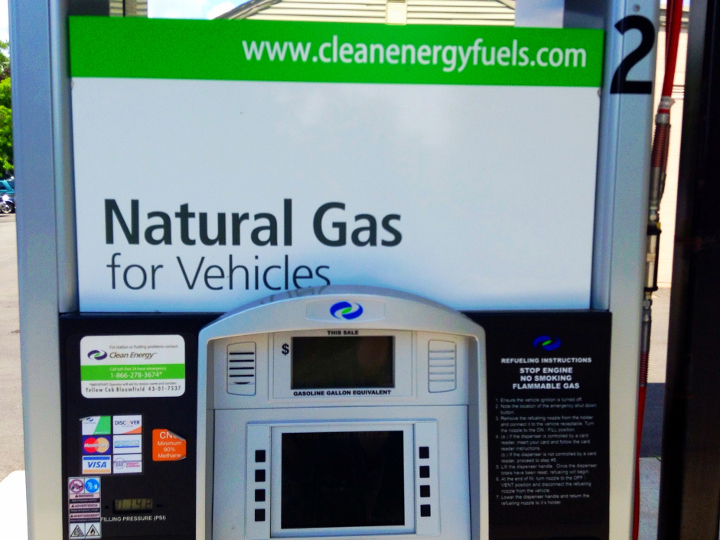
Thanks to advances in drilling technology, there is enough natural gas in the U.S. to last well into next century and beyond. This has renewed the idea of using inexpensive, domestically produced natural gas as a transportation fuel.
Primarily made up of methane, natural gas is a cleaner burning fuel than gasoline or diesel when it comes to hydrocarbons and nitrous oxides, but the undesired “slip” of unreacted methane can reduce that advantage because methane is a potent greenhouse gas.
The U.S. Department of Energy has chosen a team led by a chemical engineer from the University of Houston for a $2 million project to develop and optimize a lower-cost, more efficient catalyst to eliminate unreacted methane.
Michael Harold, chairman of the UH Department of Chemical and Biomolecular Engineering, will work with Lars Grabow, associate professor of chemical and biomolecular engineering at UH, and researchers from the Oak Ridge National Laboratory, the University of Virginia and CDTi Inc., an emissions technology company based in Oxnard, Calif.
Natural gas combustion produces far less carbon dioxide than gasoline or diesel combustion. Methane – the primary component of natural gas – wasn’t considered a concern until recently, partly because it hasn’t been associated with the health risks linked to carbon dioxide. But it is a much more powerful greenhouse gas than CO2, making an effective catalyst crucial for wider adoption of natural gas vehicles.
Harold, an expert in catalytic reaction engineering, said the team will focus on the so-called “four-way catalyst,” building on the three-way catalysts used with gasoline and diesel engines. Those simultaneously convert nonmethane hydrocarbons, carbon monoxide and nitrogen oxides. The new catalyst will also convert methane.
A critical aspect of the work is to reduce the use of precious metals, lowering the cost. Traditional vehicle exhaust catalysts rely on platinum, palladium and rhodium, which are effective but expensive.
The new four-way catalyst will test the use of metal oxides containing lower-cost elements iron, cobalt, copper, manganese, nickel and others. Those metals are less effective, as well as less expensive, and Harold said the design may still require the use of a small amount of precious metals to meet emission control targets. CDTi’s Spinel™ technology will be a key element in developing a new class of high-performance catalysts with low levels of precious metals for natural gas engine emissions control.
The process is likely to involve the development of a new material, work Grabow will pursue using atomistic computational modeling, while CDTi’s Steve Golden will lead the catalyst development and commercialization effort.
“The project brings together a significant market opportunity with our innovative Spinel materials, coupled with the state-of-the-art characterization and testing capability of the University of Houston and the other key partners,” Golden said.
Once a prototype has been synthesized and tested with simulated exhaust, Harold said it will be tested at the Texas Center for Clean Engines, Emissions & Fuels, a research, development and testing center based at the UH Energy Research Park.
“We’re working on something that’s important for the country,” Harold said. “We have a surplus of natural gas, and we are helping break down barriers for its expanded use.”
Cover photo credit: Mike Mozart Flickr (CC BY 2.0)